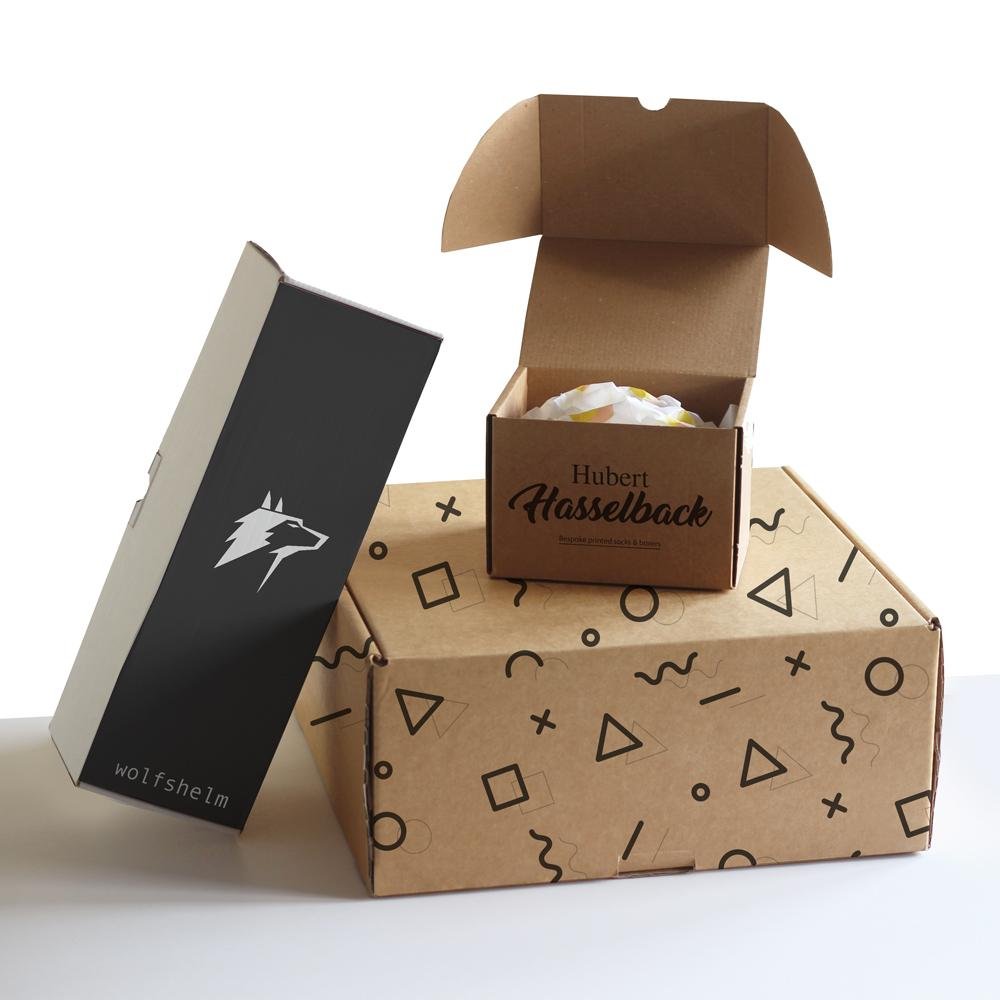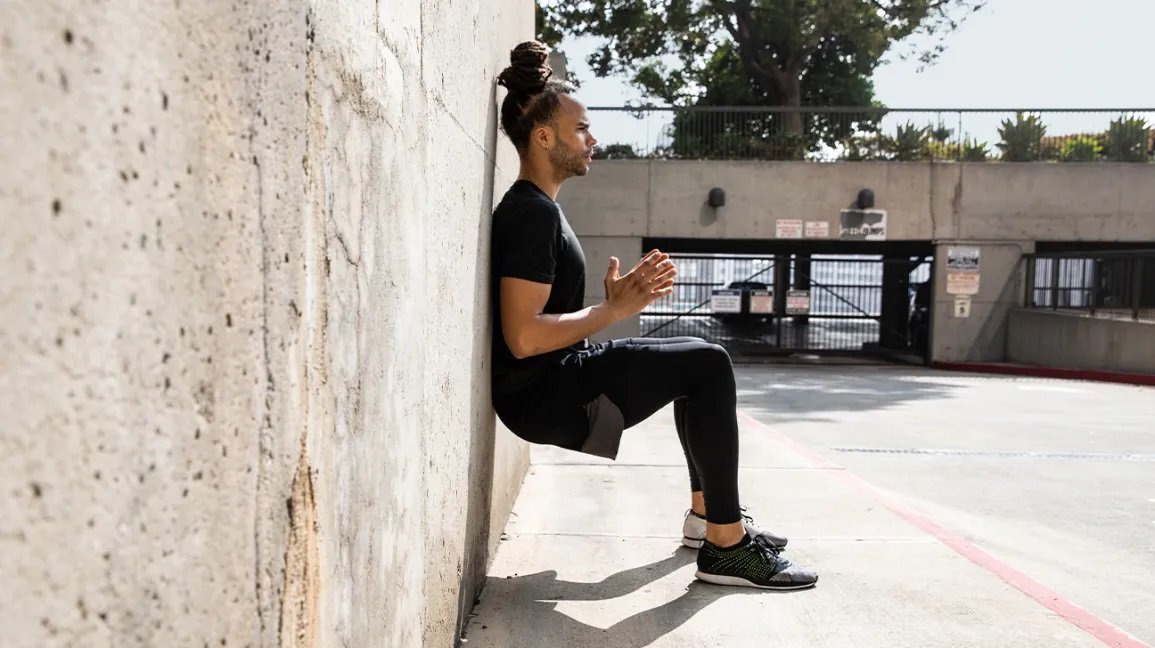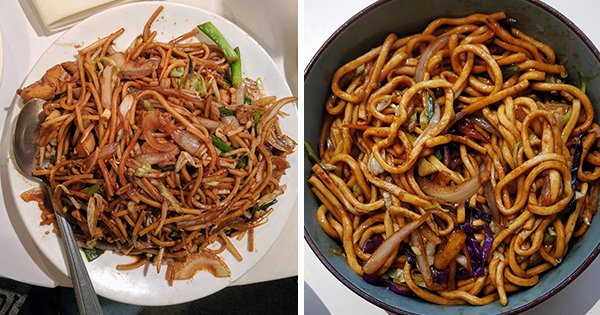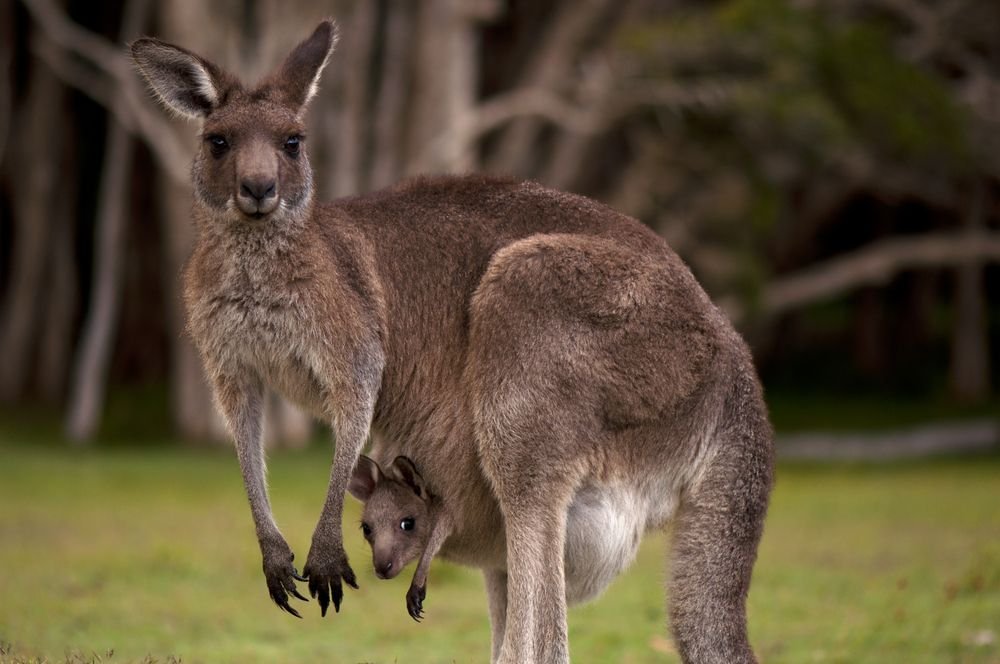Colomba, chocolate eggs and culinary traditions: a journey between origins and Easter legends!

That 2021 is a strange Easter is beyond doubt. It is the second year that we spend Easter in lockdown. But there is a certainty, even in isolation, family lunches replace trips out of town. The hashtag #stayhome recites the now well-known refrain of the coronavirus and between the total closure of the red and orange areas on this occasion, Italians eat, cook and order online.
And then with the restaurants closed, those who do not opt for a take-away or delivery service can roll up their sleeves and try to recreate traditional Easter recipes in their own kitchen.
Chocolate eggs, flowers and chicks invade the homes of Italians, while the origins of some of these centuries-old traditions remain an unsolved mystery, many others have their roots in Christian and pagan culture.

There is no Easter without a dove and a pastiera, without broad beans and hard-boiled eggs, without casatiello and lamb, in short, the region you go to, the custom you find!
The Easter dove is one of the typical sweets of the Easter tradition. There are many interpretations of its birth, although it now appears certain that it derives instead from a commercial idea from the early 1900s and which later proved to be a success. The Motta company happened in Milan in the 1930s, when the advertising director Dino Villani presented a winning marketing proposal.
The company known for its famous panettone decided to reuse Christmas machinery and ingredients even in the spring months. Thus was born the colomba which reflects the same preparation procedures of the panettone but finished with a superficial layer of sugar and almonds. The original recipe consists of flour, butter, eggs, sugar, candied orange peel and almonds, although many variations have been created over the years.

Symbolically it is linked to the Christian tradition. It seems that the Easter dove originates from the Pavia area in the sixth century, from the Lombard king Alboino who was offered a sweet bread in the forms of the peaceful bird. Other sources, on the other hand, tell of an origin relating to San Colombano, from which the dessert would take its name. In 600 the Saint was invited with his monks to the court of the Lombard queen Teodolinda. On the occasion of a court party the monks refused to eat meat and game at a banquet, to do penance even though it was not a Friday in Lent. The saint, then abbot, to avoid that the queen could take offense, would therefore have transformed the dishes served into white and candid loaves with the typical shapes of the dove. A third legend would trace the Easter dove back to the battle of Legnano in 1176: it is told how three doves alighted on the Lombard insignia, bringing luck and victory to the Carroccio’s army.












